With the addition of Rock Band 3‘s pro mode, there’s quite a bit more to learn when mastering a song; to that end, they’ve added a new variant of practice mode. Rather than simply having you play through the whole song (with options of changing speed and going back through sections), they pull out a few tricky bits of the piece, and have you loop through those over and aver again (again, with the option of changing the speed), repeating each one until you’ve mastered it. (Or are sick of it!)
And I was struck by how different that feels, and how realistic it feels. When you’re learning a new piece of music in a non-game context, it’s tempting to just play through the whole thing over and over again, but that’s not the way you make progress the fastest: instead, you find the tough bits, zoom in on them to figure out what’s going on, and repeat them over and over again until you can play them correctly. Which is exactly what the game does; in fact, the game encourages you to get 100% on a section three times before moving on, which is also fairly true to practice.
In previous iterations, since you were limited to five buttons, there was only so much in the way of difficulty that the game could throw at you, and only so much substance behind that difficulty. With pro mode (so far only keyboards for me, I’m waiting until the real guitar appears before trying pro guitar), the sight reading can be somewhat tricky (so far), but, the vast majority of the time, there are notes (chord progressions, melodies) underlying them that are generally pretty familiar. So, once you figure out what’s going on with them, the sections turn out to not be that hard to play from a mechanical point of view.
And the new training mode turns out to be great at bringing out the underlying music! If I’m confronted with a tricky section, I’ll stumble at first, mostly guessing at the notes to play. But after a few iterations, probably at a slower speed, I’ll figure that out; and once that happens, my hands will realize that the chords are in fact quite familiar and natural ones. So all of a sudden I’ll go from a 50% success rate on the notes to close to a 100% success rate, and will usually manage to reach 100% success after another couple of iterations. I can’t think of any other mode in a game that has done such a great job in bringing out the latent structure in challenges that the game offers.
The situations where the mode hasn’t worked for me have been interesting, too. Antibodies wasn’t tough from a sight-reading point of view: it was just throwing notes at me at a fast enough pace, and with an irregular enough rhythm (especially on hard mode, where they leave out a third of the notes) that it was challenging in the same way that the hardest non-pro guitar songs are. And I’m still working on Roundabout: the underlying chord progressions that it uses are quite a bit more unusual than in, I think, any other song on the disc. Most other songs feel natural once I realize what’s going on; with that song, my fingers are continually surprised at what they’re being asked to do. Very interesting, I hope we get more Yes music soon.
So: if you have a music game, and you encourage your players to focus on their learning the way a musician would outside of a game, results are good. But Rock Band is a special case, given its nonfiction nature; are the benefits of such focused practice unique to it?
I certainly wouldn’t want this sort of practice mode in every game, or even in most sorts of games. If I’m in a game for the narrative, for a single journey through its sights, then I imagine that I’d find this sort of focus to be tedious. But for games where I want to build towards excellence in my play, focused practice sounds like a great idea. Consider, for example, competitive non-musical real-world endeavours: if I’m trying to get better at playing go, I’ll certainly spend a lot of time playing go games, but I’ll also spend time solving life and death problems or going through joseki. If I were learning a martial art, I’d spend time in practice matches, but I’d spend more time repeating isolated techniques over and over again. If I wanted to be a better basketball player, I’d play a lot of basketball, but I’d also spend time alone on a basketball court just taking shots.
What games have used this sort of approach? Fighting games sound like a natural fit; I haven’t played them recently, do they incorporate this sort of training mode? (I seem to recall setting up one of the Soul Calibur games to always have the opponent use the same attack against me, so I could work on detecting and blocking that attack, though my memory could be fallible.) I don’t think I’ve ever seen a first-person shooter do something like this, but I can imagine getting a lot out of repeatedly attempting a short sequence dealing with a fixed set of enemies in a given terrain layout. I’m almost completely unfamiliar with real-time strategy games, but given their depth, surely they contain tactics that would support focused study?
When replaying Super Mario 64 recently, one of its aspects that struck me in comparison to more recent platformers is how short many of the stars were: they’d ask you to do one thing, you’d do it (perhaps failing several times first), and you’d be done. That seems to me to be within the spirit of this idea, as does the recent wave of platformers filled with extremely short, extremely difficult levels and no cap on the number of lives you can use. Though, I suppose, to really be within this spirit, that can’t be your only mode: you also need longer levels where you can put your skills to test, ideally levels where absolute perfection isn’t required but that remain difficult enough that you’ll have quite a hard (and tedious!) time overcoming them if you don’t break them down with focused practice.
More and more, the games I’m finding interesting are ones that eschew filler, games where every moment matters. For games that take such a route while bringing out the richness that is possible in players’ performances, any lens with which to better see that richness and any trial crafted to deepen our performances is a gift.


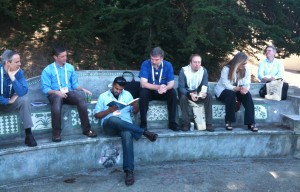





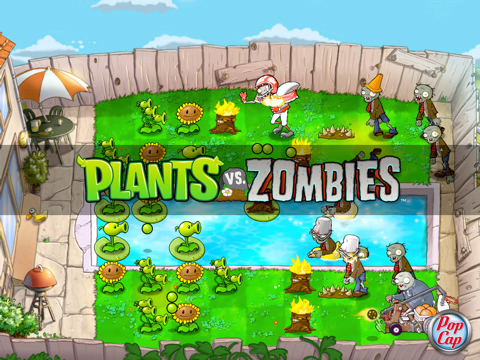

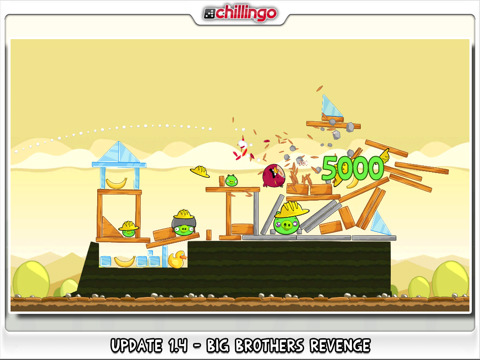
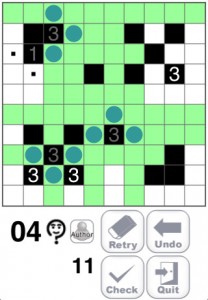
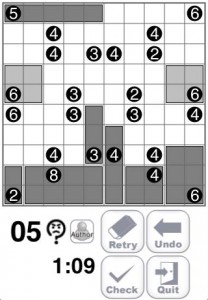

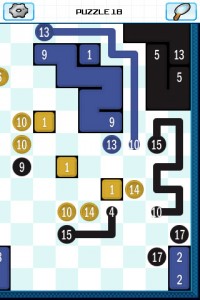


 Posts
Posts